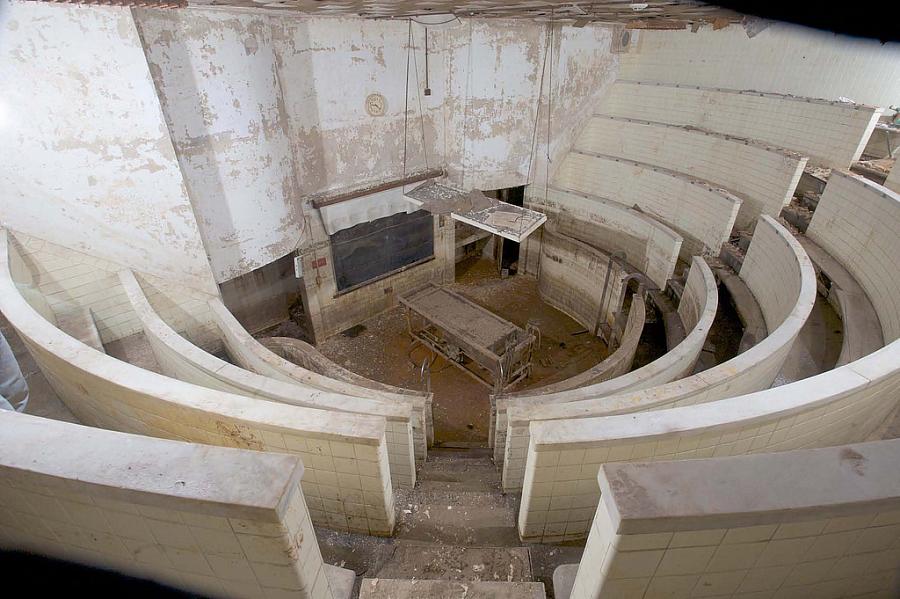Bed Count: Do hospital closures hit poor communities harder?

When a hospital closes, it is often in an economically distressed area. Reporters make the assumption that the care was essential for the poor communities it was serving.
There are two main problems with this assumption.
1. It starts with the idea that good health starts in the hospital. In fact, communities rich or poor should live healthy lives with as little time in the hospital as possible. Their health depends much more on the food options – and food information – they have in their stores and restaurants. It depends on how much and how well they are educated. It depends a tremendous amount on whether they smoke. It depends on their access to safe housing and environments that promote exercise. Good health requires much more than access to care.
2. It assumes that the health care being offered at the hospital is doing more good than harm. As one patient advocate recently told me, “I do think that a lot of hospitals need to close, for reasons of quality. That said, I also understand the panic that overtakes a community that suddenly has no access.”
In arguing to keep a hospital open, advocates for the hospitals and some reporters put a premium on access over quality. This was the driving force behind efforts to keep Martin Luther King Jr./Drew Medical Center in Los Angeles open despite years of serious problems that left patients dead or injured.
The Los Angeles Times has been writing about problems at King/Drew literally for decades, and the story, for decades, remained the same.
Steve Hymon detailed some of the King/Drew déjà vu moments in a piece in 2006. He noted that in 1989, the Times wrote a story that started:
State health officials issued a 90-page report Tuesday citing serious deficiencies in health care practices at Martin Luther King Jr./Drew Medical Center. The deficiencies could threaten the hospital's Medicare funding and its state license, according to federal and state officials.
Then, in 1995, Los Angeles County Supervisor Yvonne Brathwaite Burke – a staunch King/Drew supporter – was quoted as saying something very similar:
It is going to take drastic action to take care of some of the problems that have become endemic [at King/Drew]. It has not had the kind of review and control that I think it needs.
But drastic action never arrived. And so the Times was still writing about King/Drew in 2006 and Brathwaite Burke and others were arguing that it should be kept open.
After the federal government yanked funding for the hospital, it finally closed in 2007. (A new replacement is set to open in the spring of 2015.)
So what was the impact on health outcomes? No comprehensive study has been done. And, in fact, there is a general paucity of studies examining the health outcomes related to hospital closures. But the most thorough study looking at impacts from the King/Drew closure was published in 2011. It found that the closure had almost no impact on whether people received care. The study found that “reported delays, problems receiving needed medical care and seeing a specialist were not significantly different before, compared to after the closure” of King/Drew.
What did cause people to delay getting care?
More than half – 60 percent – delayed their care because of “cost of care or lack of insurance.”
About 7 percent delayed care because they didn’t have transportation.
And 12 percent delayed their care because King/Drew was no longer an option.
King/Drew is in the middle of a high-density urban area with many hospitals, and the dynamics are obviously different with a rural hospital that may be the only safety net for many miles. But remember that your assumption as a writer shouldn’t be that proximity to care is the same as high quality care or the same as good health. There are counties in the United States with some of the worst health outcomes in the developed world, and they, too, have hospitals.
Photo via Natonal Register of Historic Places via Flickr.

